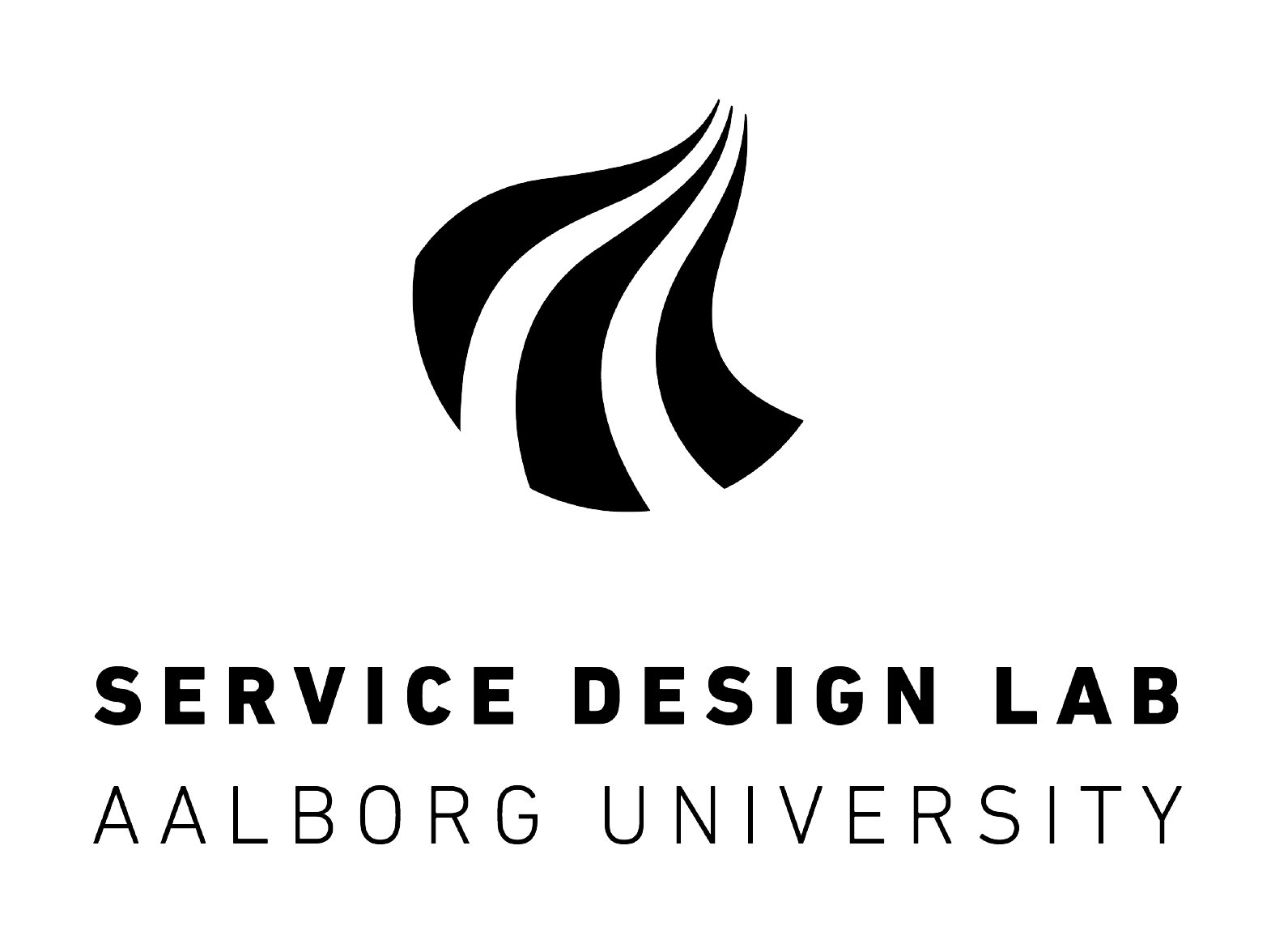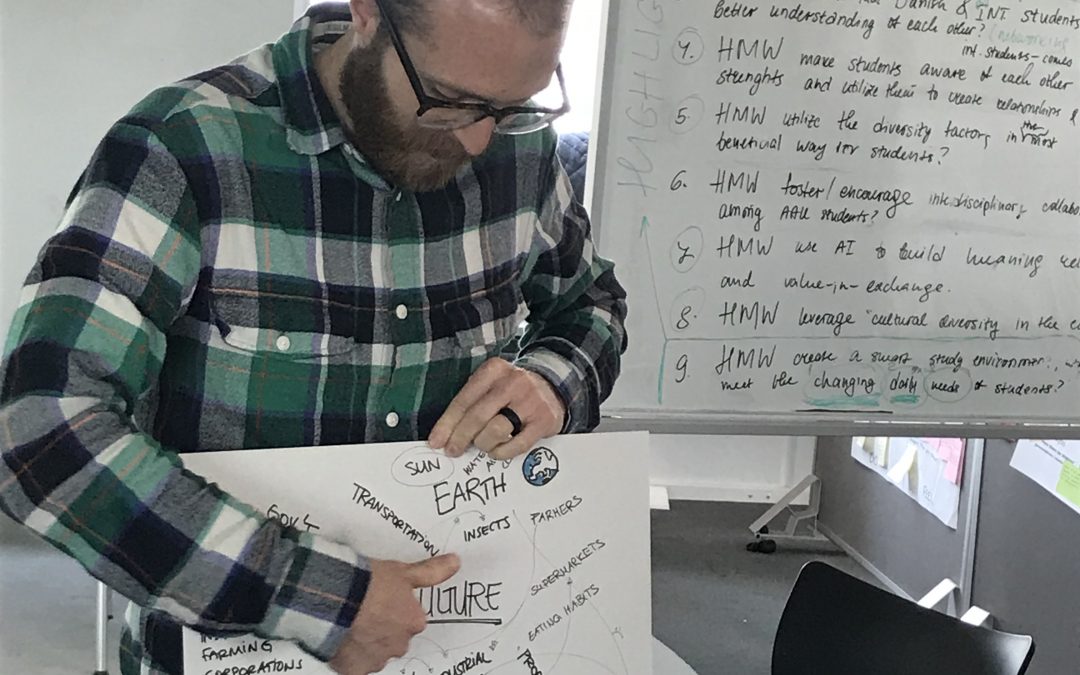Last year, the Danish government launched its national strategy for circular economy. Circular Economy is a development that aims to shift the ‘take, make, dispose’ model of consumption to a sustainable model that is restorative and regenerative by service design. Not only is it necessary as future service designers to understand the basic of this circular way of thinking, but also this is an area where future service designers can make impact and act responsible.
Last week, together with a group of service design students from the Service Systems Design masters program at Aalborg University, the concept of circular economy was further explored and discussed. What role can (and should) service design play in creating good circular solutions? Not only did we look into circular economy principles and specific design strategies, such as design for re-use, but we also looked into innovative services and business models that support a regenerative economy and a thriving planet.
In current discussions around Circular Design, the role of service designers is often underexposed, but it might be the missing link. If we want to build successful cycles in the circular economy, service designers will play a crucial role. They can design services that enable and facilitate exchange between users (Design for Exchange), redesign relationships with customers, incentivizing them to return products when they’ve had enough, bringing valuable materials back into an organization’s supply chain and unlocking access to innovative new products for the customer. They can rethink services with multiple life cycles in mind (Design for Multiple Use-Cycles) and consider how user needs can be fulfilled and a satisfying user experience can be ensured not only for the first users, but also for the 2nd, the 10th, or even the 100th user. Service designers should design circular services, which make circular economy not only feasible, but also desirable. A shift from thinking in linear journeys to circular journeys, from thinking of one end-user, to thinking of a range of users that will be using a circular service in the future is necessary.
During this day, we only scratched the surface of this valuable topic for service designers.
But time is running out, and service design might just be the missing to drive the transition towards a more regenerative economy.

